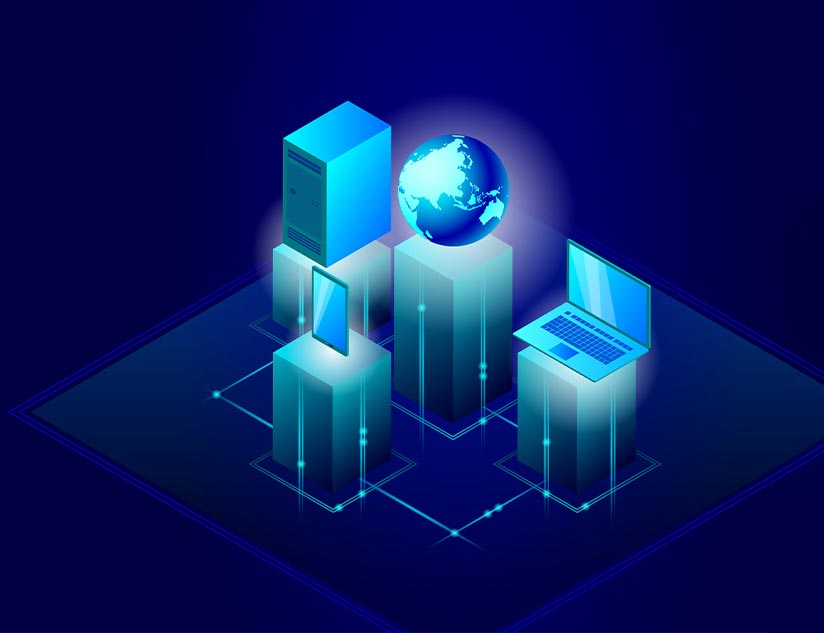Rapid digital learning advancements present excellent opportunities for educational institutions to maximize academic outcomes. They can serve as effective tools to cater to the increasing demands of 21st-century learners, ensuring high career readiness levels. Digital learning technologies can produce quantifiable results while swiftly adapting to new requirements and opportunities.
However, educational institutions must ensure that the technologies used are secure and protect data privacy. Additionally, they should be capable of leveraging modern ecosystem management tools and data analysis. That is why the IMS Global Learning Consortium announced the launch of the Standards First program in March 2021 to facilitate digital ecosystem interoperability.
What is Standards First?
The Standards First pledge emphasizes the importance of the education community working together to create a more integrated, student-centered, accessible, and equitable EdTech ecosystem. It aims at promoting open standards integrations to enable product choice, improve cost savings, enhance data, and secure student privacy.
The program consists of three key components:
1. Providing continuous support services (including targeted technical resources and training) for EdTech suppliers and school districts.
2. Developing a new compatibility certification for EdTech suppliers and school districts to verify live product integrations.
3. A pledge of support to make open standards the first and primary choice for integrations.
This pledge gives institutions a voice in the larger educational community through advocating standards-based integrations. For suppliers, it is an indicator of trust and transparency about their use of open standards. If the K-12 school districts want a resilient, flexible, and data-rich technology experience, they must rely on these integrated solutions. They have the potential to improve productivity, increase engagement, and address learning challenges for all students at every level.
How Open Standards Help with Successful Product Ecosystems
Open standards are widely available because they are possibly the only way for institutions, governments, and suppliers to invest together and enable more significant future innovation opportunities. Here are five ways open standards help with the development of digital products:
1. They Offer Fewer Limitations
Open standards allow product developers to be technology and vendor agnostic. So, they can choose multiple vendors to design unique apps that adhere to standards. It offers freedom of choice and market-driven competition for the developers, while institutions gain access to the most viable technologies.
2. They Streamline Development & Interoperability
Open standards set protocols and lay the building blocks for making digital applications more functional and interoperable. It helps streamline product development and eliminates vendor-imposed boundaries to read or write data files by improving data exchange and interchange.
3. They Ensure Better Security
A common issue with proprietary files and applications is that converting the data to be used on a new application is quite tricky once they become obsolete. However, open standards protect them from becoming outdated and make it easy to use or convert the data.
4. They Offer More Choices and Variety
Open standards allow developers to choose from varied options. They are almost like an application developer’s buffet. So, they can assess their specific needs and find the vendors that are best suited for application development.
5. They Make It Easy to Port Applications Between Platforms
With standardized rules and guidelines for technical implementation and known interfaces and APIs, open standards make it easier to port applications from one platform to another.
Institutions and developers can collect crucial data from digital learning solutions with a well-integrated, connected digital learning ecosystem. They can also identify meaningful patterns and correlate usage data to learning outcomes and career-readiness goals. It helps create a path to effective, agile, and future-proof digital learning.
How Digital Platforms Enable the Standards First Approach
Digital learning platforms are not standalone systems, and their increased capabilities have made them an integral part of the digital ecosystem. They can reduce manual tasks, save crucial time, and offer a wide range of features and facilities to ease education delivery. More importantly, they create a sound digital learning ecosystem through the thoughtful integration of apps.
These platforms play an active role in delivering interactive and engaging content that can enhance academic outcomes and ease the administration and rostering process for institutions. Additionally, they offer key analytics to develop the most compelling content. And they deliver all of this through a single platform because of their strategic partnerships that help improve productivity and save time and costs. So, these platforms can provide a smooth and unparalleled experience to all students, publishers, and educators.
Educational institutions increasingly realize the benefits of interoperability enabled by open standards. They need to place them at the center of their EdTech ecosystem requirements. They can better support faculty and students as they strive to make the most of digital learning technology.
MagicBox™ is built on the premise of data interoperability to ensure seamless learning experiences. It readily integrates with a school’s existing ecosystem and learning management systems. Contact us to learn how you can deploy it for your needs.














